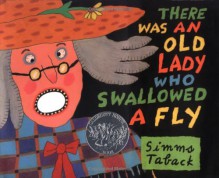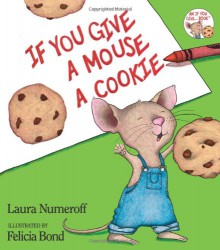The Red Book, by Barbara Lehman, allows readers to experience the power of story through illustration alone, as it is a book without words. It's a magical story of a little girl who discovers a red book in a snow pile on her way to school. While at school, her curiosity gets the best of her. The girl opens the book and finds herself looking at a boy who is looking at a book with her in it! (WHAT?!) The children realize at the same time that they are seeing into each other's lives (I can already imagine the most interesting class discussion). The girl decides to set off in search of her new friend by purchasing a big bunch of balloons. As she floats up towards the sky she drops her book, causing both the boy in the story and the reader to ponder if she will make it to her new friend. The little boy can no longer see her in his book and looks very sad, although that moment is brief, because before he knows it, the girl lands right beside him! In the end, we see the red book that the girl dropped being picked up by someone else and we realize the journey is not over.
This book has the ability to transport readers to a faraway place and really activate their imagination. The story can be told from so many different perspectives, and I would be interested to hear of the ways children would interpret it. I would use this book in a writing lesson and have students either write a brief summary reflecting their interpretation of the story or write a prediction about what they think will happen next (younger readers could use drawings to illustrate their predictions).
Guided Reading Level: A
Lexile Level: NP
Recommended for Ages: 4-7


 Log in with Facebook
Log in with Facebook 








